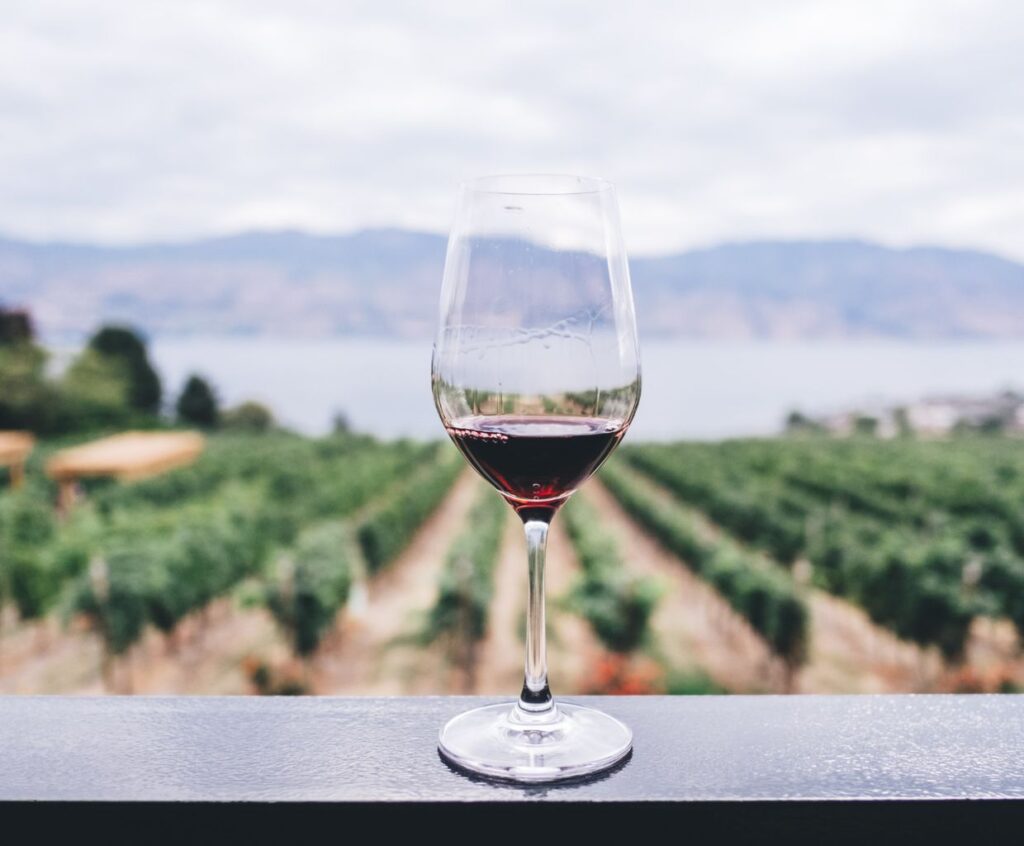The Fascinating Journey: How Wine Corks Are Made
Have you ever wondered how the humble wine cork, which helps preserve the exquisite taste and aroma of your favorite bottle of wine, is made? Wine corks are not just a simple stopper; they result from a fascinating process involving craftsmanship and precision.
Let’s dive into the intriguing journey of how wine corks are manufactured.
The Harvest
Wine corks begin their journey in the bark of the cork oak tree, scientifically known as Quercus suber. These trees predominantly grow in Mediterranean regions, such as Portugal and Spain. Harvesting cork is a delicate process that occurs every nine years once the trees have matured.
The tree’s outer bark is skillfully stripped away by experienced cork harvesters, leaving the inner layer intact to allow the tree to continue growing.
Processing the Bark
After the cork bark is harvested, it is left to dry for several months in open fields. This drying process is crucial as it helps remove impurities and enhances the quality of the cork. Once sufficiently dried, the bark is boiled to soften it, making it easier to cut and shape into corks.
Cork Production
Once the bark is ready, it is sorted based on quality and thickness. The highest quality cork, known as “natural cork,” is used for wine stoppers. Thicker pieces are used for champagne corks, while lower quality cork may be used for other purposes, such as flooring or insulation.
Shaping and Treatment
Next, specialized machinery punches the cork pieces into the desired shape. The shape can vary depending on the bottle and the winemaker’s preference. After shaping, the corks undergo a treatment process called “washing and sterilization.” This ensures any impurities or bacteria on the cork are eliminated, preventing contamination of the wine.
The Final Touch
Before being packaged and sent to wineries worldwide, the corks may undergo additional treatments to enhance their sealing properties. Some corks are coated with a thin layer of paraffin wax or silicone to improve their ability to preserve the wine.
Finally, they are packaged and ready to complete their journey to wineries, where they will be inserted into bottles and ultimately sealed in the flavors we all love.
How does the choice of cork affect the aging and flavor profile of the wine?
The choice of cork can have a significant impact on the aging and flavor profile of the wine.
Cork is a traditional and popular choice for sealing wine bottles because it allows a small amount of oxygen to interact with the wine over time. This slow and controlled oxygen exchange can contribute to the aging process of the wine, allowing it to develop more complex and nuanced flavors over time.
The gradual introduction of oxygen can also help soften and integrate tannins in red wines, resulting in a smoother and more balanced flavor profile.
However, the cork’s quality and characteristics can vary, which can affect the wine’s aging and flavor profile. High-quality, well-made corks tightly fitting the bottle can provide a secure seal, preventing excessive oxygen exposure and maintaining the wine’s freshness and aging potential.
On the other hand, low-quality corks or those with defects can lead to cork taint, which imparts a musty or moldy flavor to the wine, rendering it undrinkable.
Moreover, the choice of cork can also impact the oxygen exchange rate. Synthetic corks or screw caps provide a more airtight seal, limiting oxygen exposure and slowing aging. This can result in wines that retain their youthful and fruity characteristics for more extended.
In summary, the choice of cork can influence the wine’s aging potential and flavor development. It can contribute to the gradual oxygen exchange necessary for aging or provide a more airtight seal, affecting the rate of aging and flavor preservation. However, it is crucial to use high-quality corks to avoid cork taint and ensure the wine’s integrity.
Are there any alternative materials or methods being used to produce wine closures aside from traditional cork
Several alternative materials and methods are being used to produce wine closures aside from traditional cork. Some of the popular alternatives include:
1. Synthetic Corks: These closures are made from various plastic materials, such as polyethylene or polystyrene. They are designed to mimic the look and feel of natural cork while providing a consistent and reliable seal.
2. Screw Caps: Screw caps, also known as Stelvin closures, have gained popularity recently, especially for wines meant to be consumed young. They are made of aluminum or tin and provide an airtight seal to preserve the freshness of the wine.
3. Glass Stoppers: Glass stoppers are an elegant alternative to traditional cork closures. Made from high-quality glass, they offer a unique seal for premium wines. Glass stoppers are reusable and easily reclosed after opening.
4. Crown Caps: Crown caps, commonly used for beer bottles, are also used for wine closures. They are made of metal and provide a tight seal, ensuring the wine’s freshness and preventing oxidation.
5. Biodegradable Closures: Some winemakers experiment with biodegradable closures made from corn starch or plant-based polymers. These closures aim to provide an environmentally friendly alternative to traditional closures.
It’s important to note that the choice of closure depends on various factors, including the type of wine, aging potential, market preferences, and the winemaker’s philosophy. Each closure has advantages and disadvantages; wineries often choose based on their specific requirements.
How Wine Corks are Made – In Conclusion
So, the next time you uncork a bottle of wine, take a moment to appreciate the craftsmanship and dedication that goes into making the humble wine cork. From the careful harvesting of cork oak trees to the precise shaping and treatment processes, wine corks play a vital role in preserving the quality and taste of our favorite wines.





